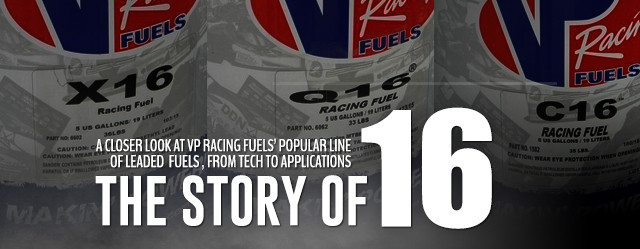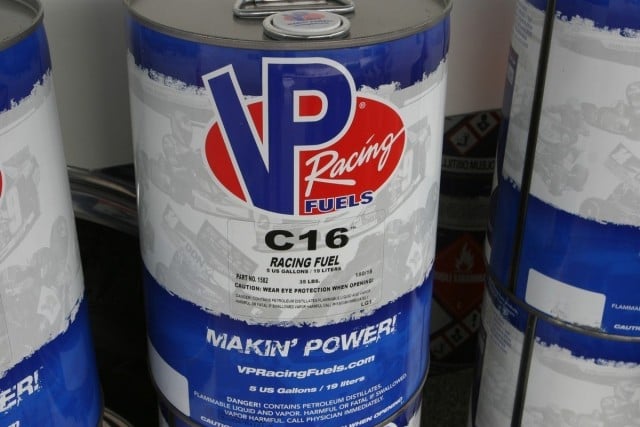VP Racing Fuels was started in the early 1970s by Steve Burns when he thought the race fuel manufacturers of the day weren’t doing the market justice with their offerings. He started much like other performance pioneers before and after him: he saw a hole in the performance aftermarket, and he filled it with VP Racing Fuels. Burns taught himself about the inner workings of race fuel, and VP Racing Fuels was born.
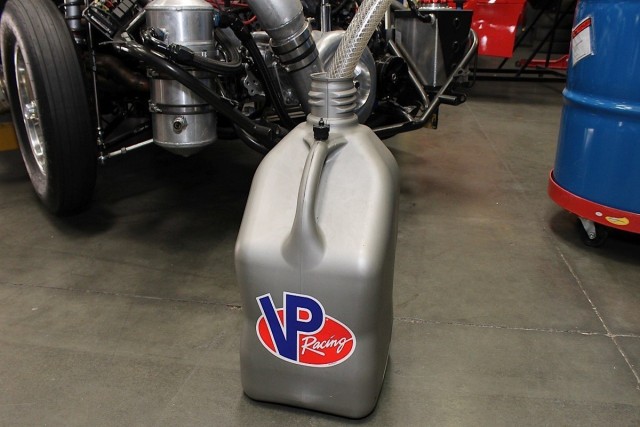
Back in the day, you could get leaded gas at the pump, but those days are long gone. Now, pretty much the only way to get leaded gas is from a company like VP.
Burns took his concoctions to the drag strip, where racers took to it like a moth to a flame, loving the power gains possible by using Burns’ “C12,” as it became known. Since he lived in the San Antonio, Texas area, Burns met fellow drag racers David Reher and Buddy Morrison. Along with VP Racing Fuels, Reher-Morrison has become synonymous with drag racing performance.
VP, and Reher-Morrison worked hand-in-hand early on from a research and development standpoint to increase the performance of Reher-Morrison combinations. That R&D, in turn, also helped the development of VP Racing Fuels’ offerings. Warren Johnson and Bob Glidden were also early VP Racing Fuels customers. Obviously, these are household names in the drag racing arena, so you know the type of success the aforementioned guys enjoyed thanks to the help of VP Racing Fuels.
These days you can enjoy that same success thanks to VP’s full line of racing fuels, additives, lubricants, traction compounds, and the like. VP is much more than racing fuel, but it remains the company’s focus.
In this piece, we’re going to explore VP Racing Fuels’ “16” lineup: C16, X16, and Q16. We’ll discuss the differences between the three offerings and help you decide which choice is best for your vehicle, depending on the type of driving and racing you do.
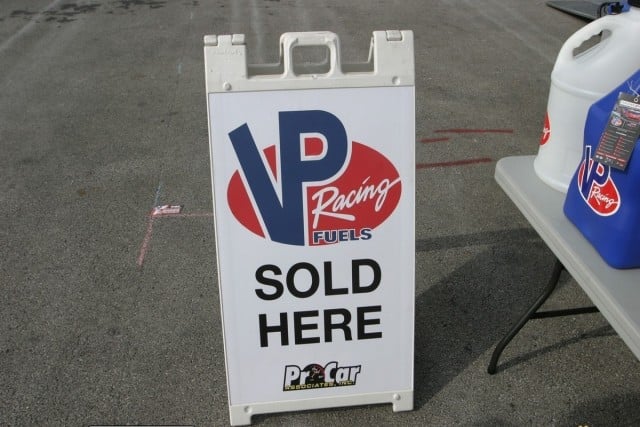
This is the sign to look for when purchasing race fuel. The distinctive VP Racing Fuels’ red, white, and blue colors signifies you’ve come to the right place. At the most recent NMCA Finals at Summit Motorsports Park in Norwalk, Ohio, ProCar Associates’ Christopher Wright marketed an array of VP’s racing fuel offerings; filling racers and spectators alike about the details of each fuel.
Get the Lead Out
Sure, unleaded fuel is great for your street car, but when it comes to your race car, not so much. Your race car needs dedicated race fuel, and we’re here to help make sense of VP Racing Fuels’ 16 series fuel.
C16: The Original
The oldest of the three fuels, C16 is designed for turbocharged, supercharged, and nitrous-assisted combinations. VP says C16 is good for combinations featuring compression ratios of up to 17:1, and is recommended by many of the top nitrous oxide companies. C16’s octane rating is actually 117, and you’ll know it by its blue hue. Rueckert says C16 works very well in non-intercooled supercharger and turbocharger combinations where there are elevated intake manifold temperatures.
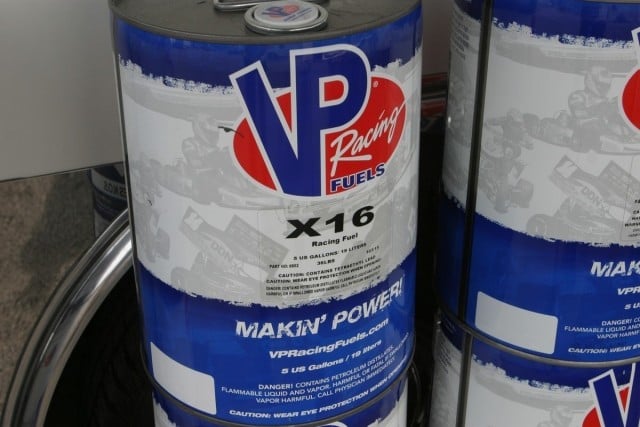
X16 is VP’s budget-minded race fuel. It’s designed for the weekend bracket racer who will be going through a lot of fuel without breaking the bank.
“C16 has been around for 20-plus years,” VP Racing Fuels’ Jason Rueckert says. “It was the first dedicated power adder race fuel. It has a very low vapor pressure, which keeps it from vaporizing and causing detonation. It’s a very stable fuel. With higher intake temperatures, the C16 isn’t bothered, since it has a lower vapor pressure.”
X16: X Marks The Savings
VP bills its X16 as the ideal blend of performance and economy. It was designed for naturally aspirated combinations, but also fits the bill for engines using up to 300 horsepower hits of nitrous. Whereas C16 is designed for engines with a compression ratio of up to 17:1, X16 is more for engines with up to a 16:1 compression ratio. This is the economically-priced race fuel, and it has an octane rating of 114. VP’s X16 is designed to fill the needs of motorsports enthusiasts across a broad range of performance applications, and you’ll know X16 by its red hue.
When it comes to X16, Rueckert tells us it’s more suited to weekend bracket racers–Super Gas, Super Comp, and the like. “It’s an all-around good fuel. The X16 has too many vapors for turbocharged and supercharged combinations,” he said. For that reason, Rueckert doesn’t recommend X16 for those combinations, but says it will work fine for 200-300 horsepower nitrous applications.
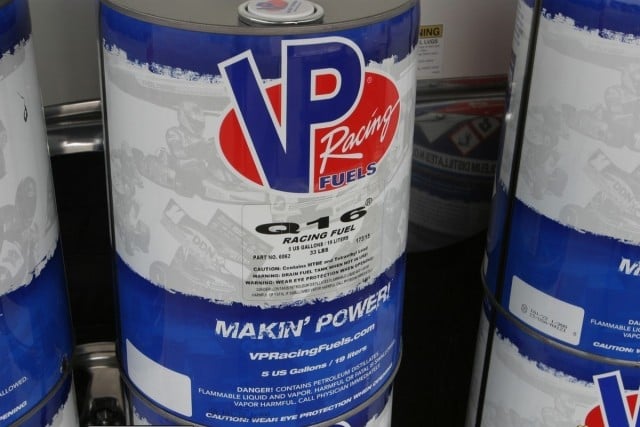
VP’s Jason Rueckert says if it’s allowed, Q16 is the fuel you want to use if maximum power is what you’re looking for.
Q16: Bringin’ the Air
Here’s where you really start making power. The Q16 is an oxygenated fuel, so it brings the air with it. It’s like C16 and X16 on nitrous, since it brings its own atmosphere to the party. Q16 will work well in any drag racing application, but it will require increased fuel flow because of the extra air being introduced into the intake system. You will know Q16 by its yellow hue.
According to VP, Q16’s oxygenation will significantly expand the range of air/fuel ratio acceptability, so performance will be more consistent and won’t vary as dramatically with altitude or density changes.
One customer who can back up those claims is NMCA racer Dan Baumann. Baumann races in Xtreme Street in a Fox body Mustang with a small-block Ford engine and a ProCharger. Already a competitive car in the class, Baumann made the switch over to Q16, and with no other changes, his combination made 40 extra horsepower. A couple degrees and a timing curve adjustment had total improvement at 60 horsepower, just by draining the car’s C16 and adding Q16. In all, Baumann made 20 dyno pulls in one day, and the Q16 helped his combination make the power he knew it should.
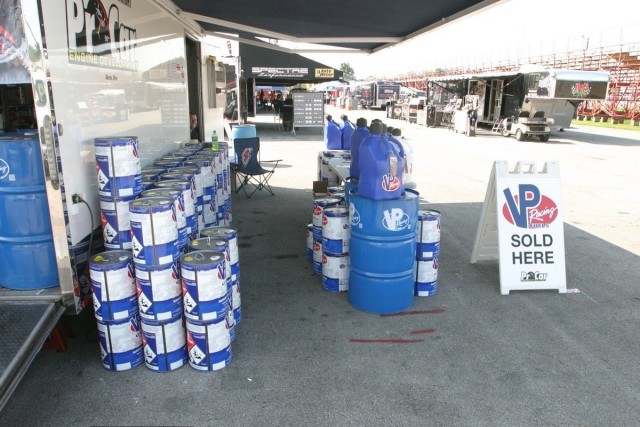
This is a drag racer’s dream to see this much race fuel in one place. VP is at many of the larger drag races with displays like these, and with fuel for sale.
As for Rueckert’s opinion of Q16, he’s pretty adamant with his thoughts.
“If you’re allowed to run it, Q16 is the fuel you want to run,” he says. “There’s no cheaper way to make horsepower.”
VP bills Q16 as a performance part, much like actual engine components. “There’s nothing that any other company manufactures that will make the power that’s possible with Q16,” Rueckert adds. “Steve Burns and I got together, and Burns had this chemical in his back pocket, and he thought it was time to bring Q16 to market,” Rueckert adds.
The guys knew oxygenated fuels were popular in the motorcycle market, but hadn’t really caught on with the automotive market. They thought it was time to change that, so they brought Q16 to market and introduced it to racers. Rueckert says he gave Q16 to Steve Petty back when it was introduced, and with a turbocharged big-block combination, the fuel helped pick up more than 100 horsepower alone.
If you’re allowed to run it, Q16 is the fuel you want to run. There’s no cheaper way to make horsepower. – Jason Rueckert
Pricing Between The 16 Series
As with everything, a lot of stuff we buy for our race cars comes down to price. Race fuel gets the same treatment. All three of these fuels are available in a 5-gallon pails and 15, 30, and 54-gallon drums.
Let’s look at the original C16 first. A 5-gallon pail is $83.31, while a 15-gallon drum is $258.75, a 30-gallon drum is $493.50, and a 54-gallon drum will set you back $833.63. VP’s X16 is billed as the economically-priced race fuel, and that is definitely the case. A 5-gallon pail of the X16 is $68.00. Already, that is $15.00 cheaper than the C16. The difference in price between the C16 and X16 only gets more expensive as the contents get larger. A 15-gallon drum of X16 is $196.50, a 30-gallon drum $379.50, and a 54-gallon drum $639.90. By the time you get to the 54-gallon drum, there’s almost a $200 savings between C16 and X16.
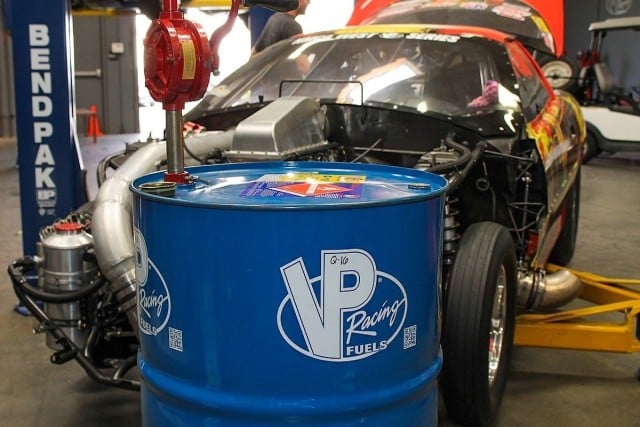
The largest drum of VP Racing Fuels’ offerings you can get is of the 54-gallon variety. This is obviously for a large volume racer who needs that much fuel, and has the gas jugs to fill in order to race at a given event.
Then there’s Q16, and this might determine if Q16 becomes a part of your drag racing program. For Q16, a 5-gallon pail is $97.25. A 15-gallon drum is $306.19, a 30-gallon drum is $584.78, and a 54-gallon drum is $989.72.
These prices are, of course, like fuel at the pump, subject to change at any time.
These prices are quoted directly from VP Racing Fuels in September. Rueckert tells us VP has distributors that sell these fuels and they’re able to provide a less-expensive price. He also says the price you pay will depend on your geographical location. West Coast customers may pay more than the East Coast racers, but the street price for these fuels may come in slightly cheaper than what we provide here depending on location and the distributor. “The X16 is around $11-$12 per gallon through distributors,” Rueckert says. The X16, as we mentioned, is the least expensive of the three. With the Q16 being the most expensive, Rueckert tells us that in many situations, racers want the fuel so much they find a way to add it to their drag car.
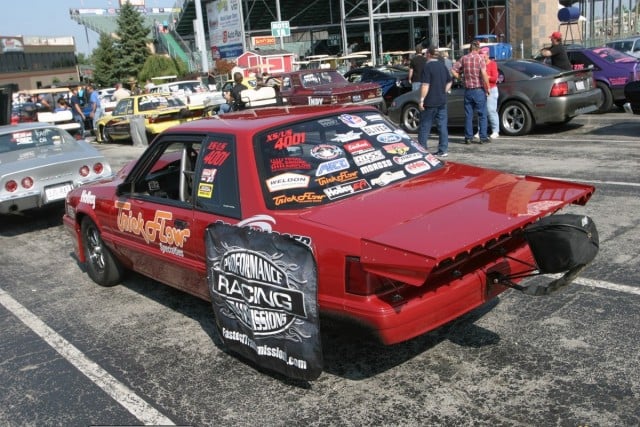
NMCA Xtreme Street racer Dan Baumann made the switch to VP’s Q16. His ProCharger combo responded right off the bat with 40 extra horsepower with no other changes. With timing adjustments, Baumann tells us his total improvement with the Q16 over C16 was 60 horsepower.
Which Is Best For You?
Okay so, which of these fuels is best for your vehicle? If you’re bracket racing, something with 14:1 compression and over, that’s the X16 market. “It’s an affordable, quality fuel,” Rueckert says. “Your C16, that application is for a non-intercooled turbo or supercharger combination,” he adds. Rueckert also says a good C16 application would be a roots-blown combination. As he explains, “the C16 is impervious to the heat of a roots-blower motor.” Rueckert tells us VP has a lot of boat racer customers that use C16 for this very reason. And as we’ve mentioned, if there’s not a fuel rule, Q16 is the fuel you want to use. For strictly nitrous applications, VP has dedicated fuels, but of these three, C16 would be the one to use.
To summarize, we’ve outlined the fact that VP Racing Fuels has the fuel needed to power your drag car to improved performance. It might not be C16, X16, or Q16 that fits the bill in your individual case, but VP has what you need from a race fuel standpoint. After reading this, you should be able to better determine which fuel of the three is best for your program.



